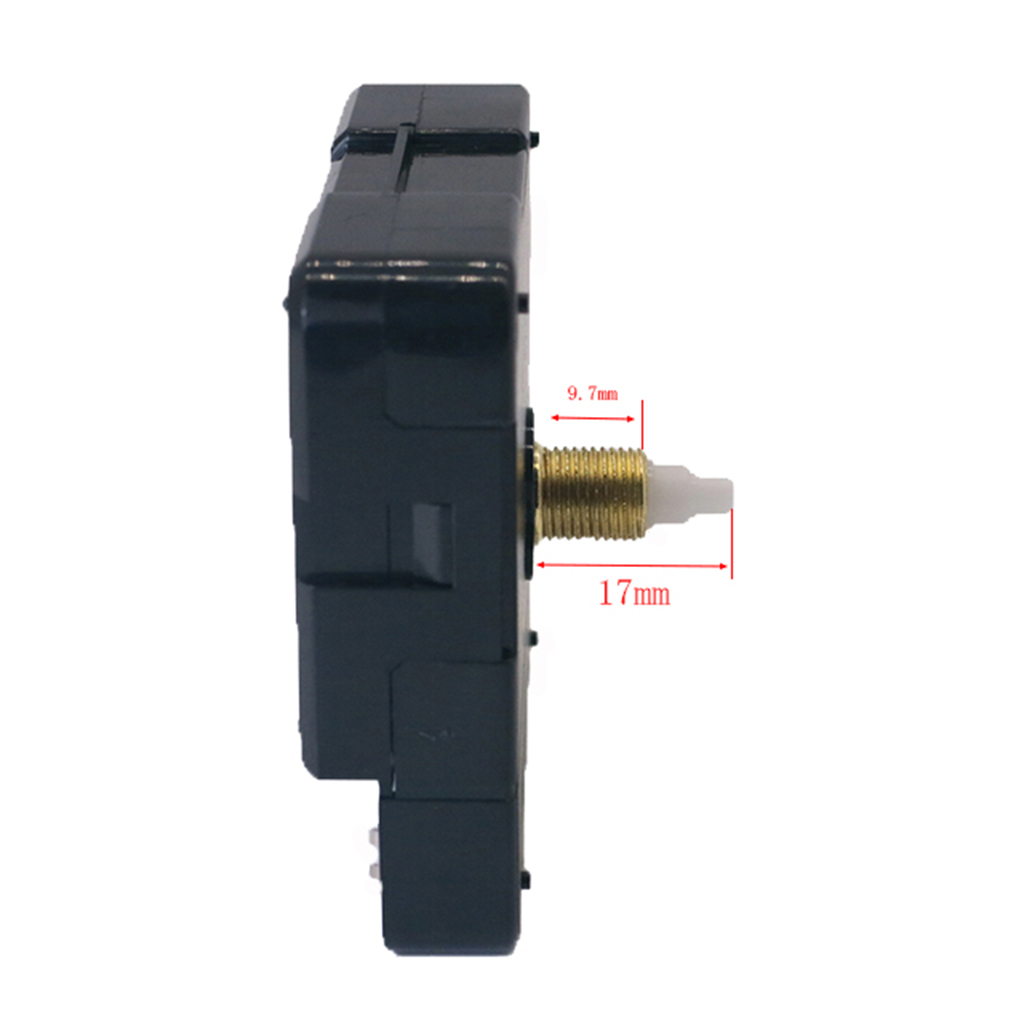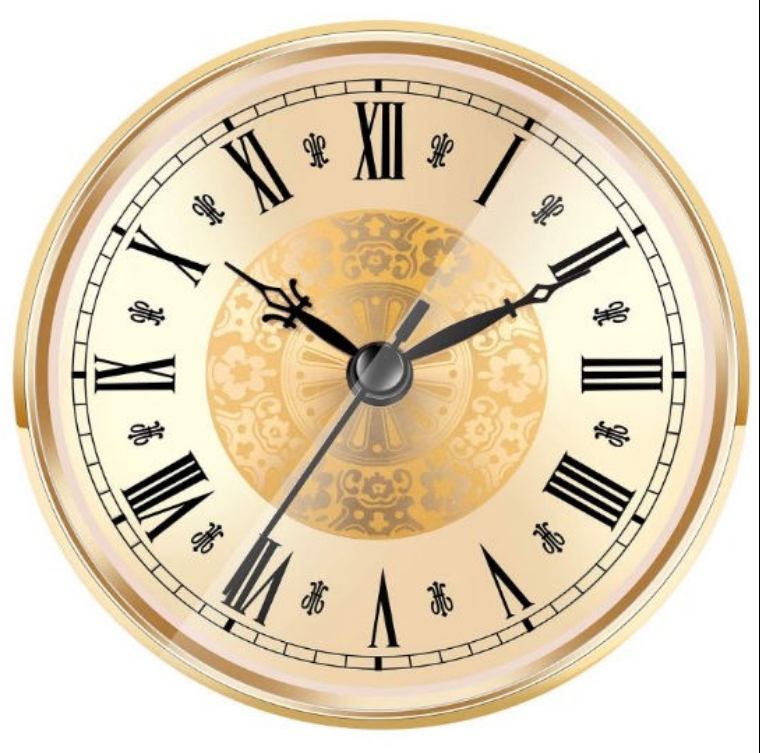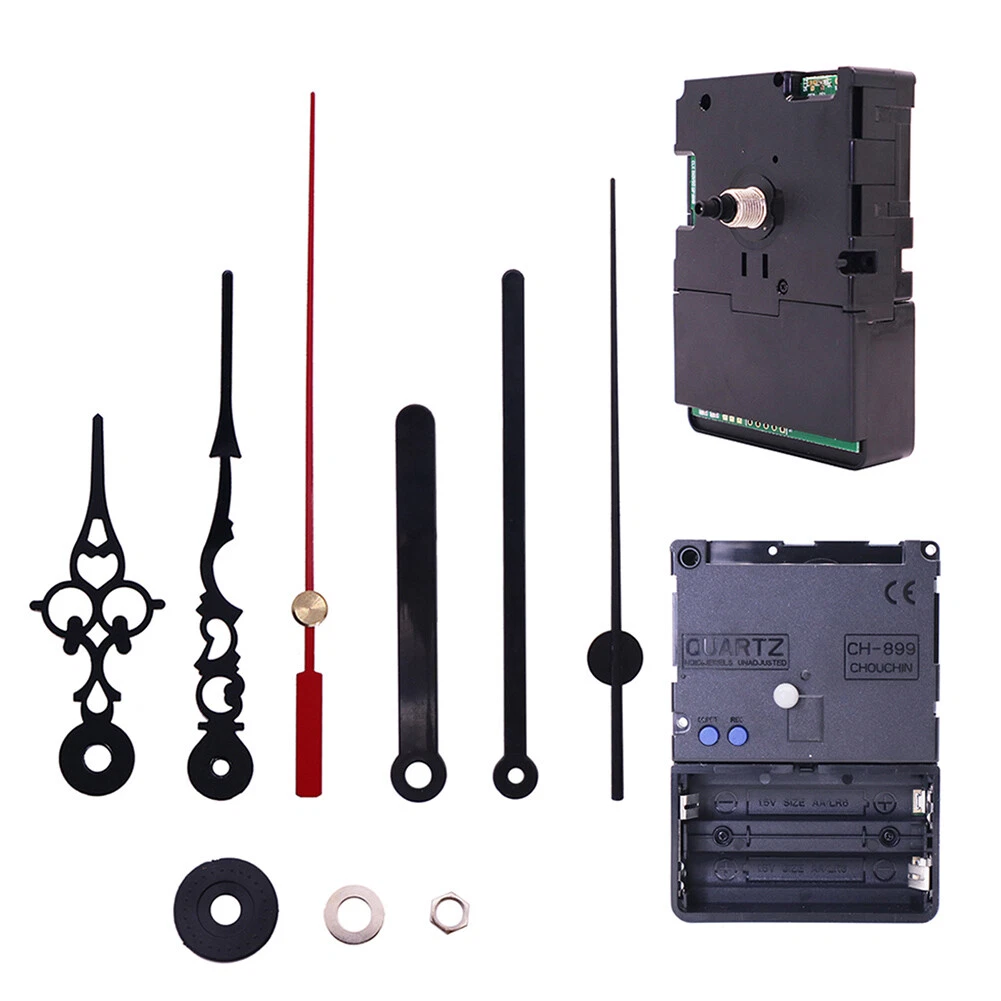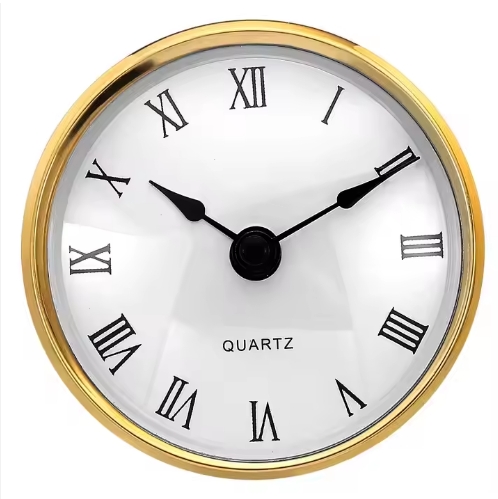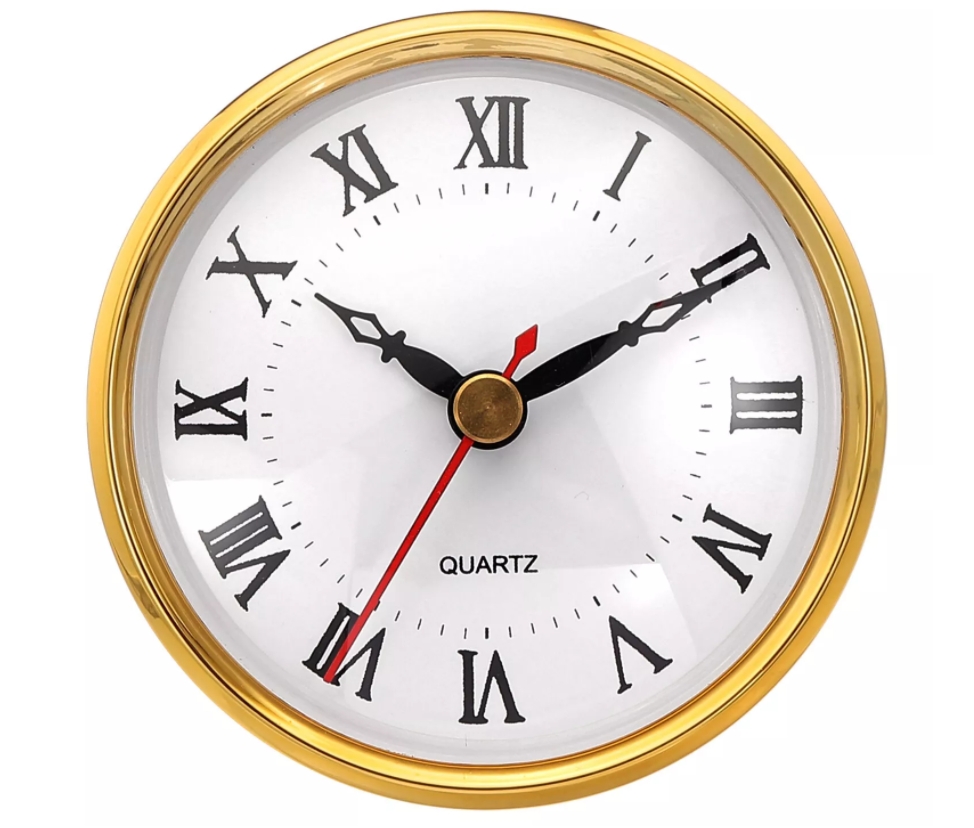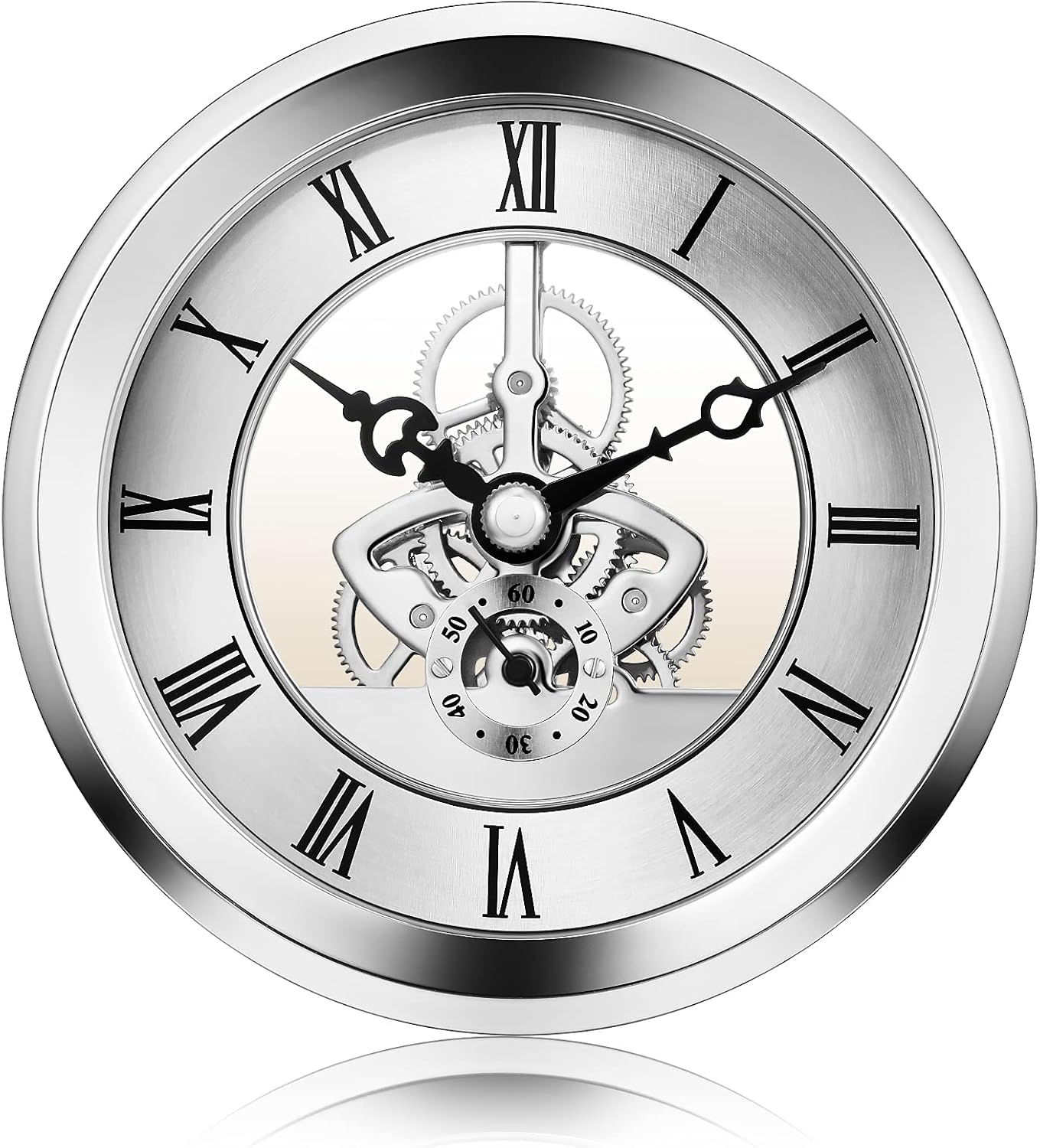



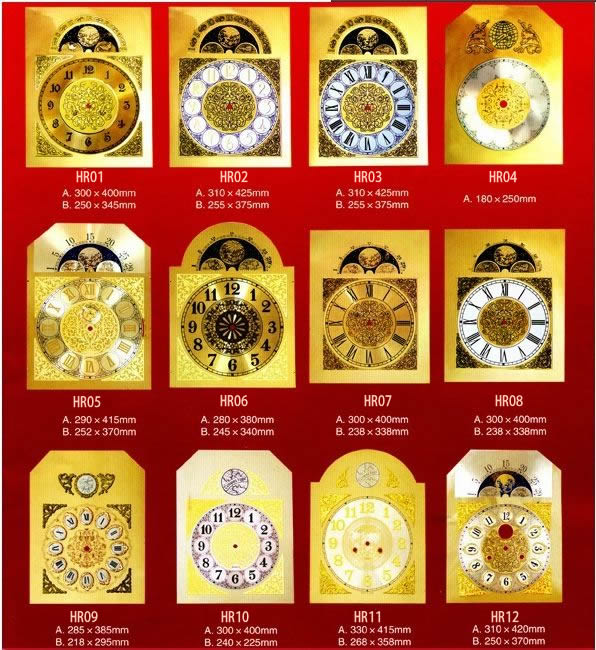
The pendulum should hang free from all sides of the case. If it touches the backboard or makes a scratching noise, it may mean that the case is leaning backwards. You’ll need to compensate for it.
* Most grandfather clocks are weight driven rather than spring driven. After you hang the weights in the clock, ensure that they stand free of the pendulum at all times. They should not touch the pendulum or any part of the casing as they fall.
* Once everything is in place and the clock is wound up, start the pendulum swinging. Listen carefully for a steady tick-tock sound. The sound should be regular and evenly spaced.
If the tick-tock is not regular, you have some adjustments to do. The case may be leaning a bit in one direction or another. Use pieces of wood or carpet pieces to make adjustments. Keep testing until you get a steady tick-tock sound.
It may take a bit of experimentation to find the right direction to lean the case in and to figure out the amount by which it should be adjusted.
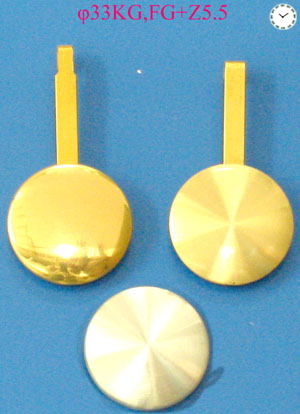
* When moving the hands of grandfather clocks to set the time, don’t move them backwards more than a few minutes. And never move them backwards past the number twelve.
- Sweep clock movement
- Clock hands
- High torque clock movement
- Skeleton clock movement
- Radio controlled clocks
- Pendulum clock movement
- 24 hours clock movement
- Tide clock movement
- DIY clock movement
- Round clock movement
- Quartz clock movement
- Clock inserts
- Watch inserts
- Clock parts
- Clock dials
- Wall clocks
- Plastic clock movements
- Toy clock movements
- Hook clock movement
- Alarm clock
- Clock movement
- Movements package
- Clock hands catalog



Sitemap Admin Powered by: hkwww.cn
Tel: 86-769-85532891 E-mail: talent@hengrongclock.com.cn http://www.clockmovements.cn
Keywords: clock movement, clock parts, clock hands, clock mechanism, clock accessories, cuckoo clock, alarm clock, insert clock





